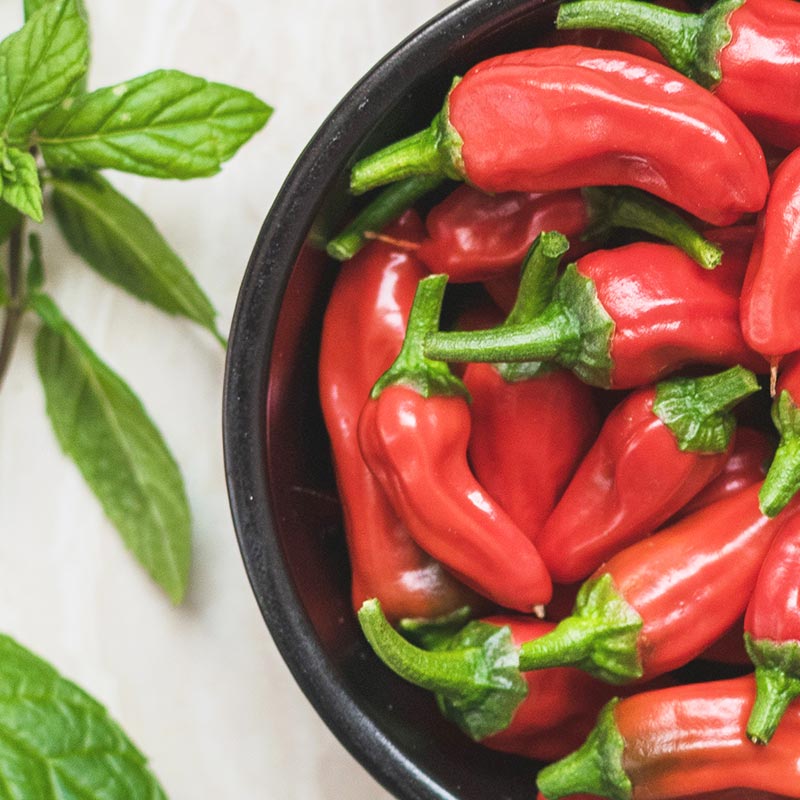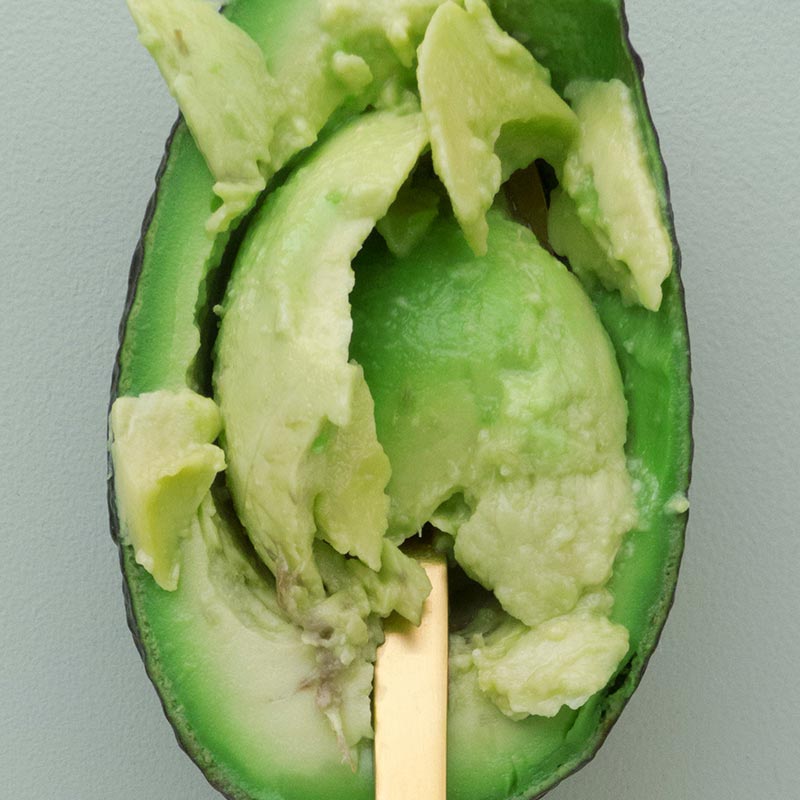Tamarind (Tamarindus indica) is a leguminous tree (family Fabaceae) bearing edible fruit that is indigenous to tropical Africa. The genus Tamarindus is monotypic, meaning that it contains only this species.
The tamarind tree produces pod-like fruit that contains a brown, edible pulp used in cuisines around the world. The pulp is also used in traditional medicine and as a metal polish. The tree’s wood can be used for woodworking and tamarind seed oil can be extracted from the seeds. Tamarind’s tender young leaves are used in Indian cuisine, especially in Andhra Pradesh and Telangana.[5] Because tamarind has multiple uses, it is cultivated around the world in tropical and subtropical zones.
The name derives from Arabic: تمر هندي, romanized tamar hindi, “Indian date”. Several early medieval herbalists and physicians wrote tamar indi, medieval Latin use was tamarindus, and Marco Polo wrote of tamarandi.
The tamarind is a long-lived, medium-growth tree, which attains a maximum crown height of 12 to 18 metres (39 to 59 ft). The crown has an irregular, vase-shaped outline of dense foliage. The tree grows well in full sun. It prefers clay, loam, sandy, and acidic soil types, with a high resistance to drought and aerosol salt (wind-borne salt as found in coastal areas).
As a tropical species, it is frost-sensitive. The pinnate leaves with opposite leaflets give a billowing effect in the wind. Tamarind timber consists of hard, dark red heartwood and softer, yellowish sapwood.














